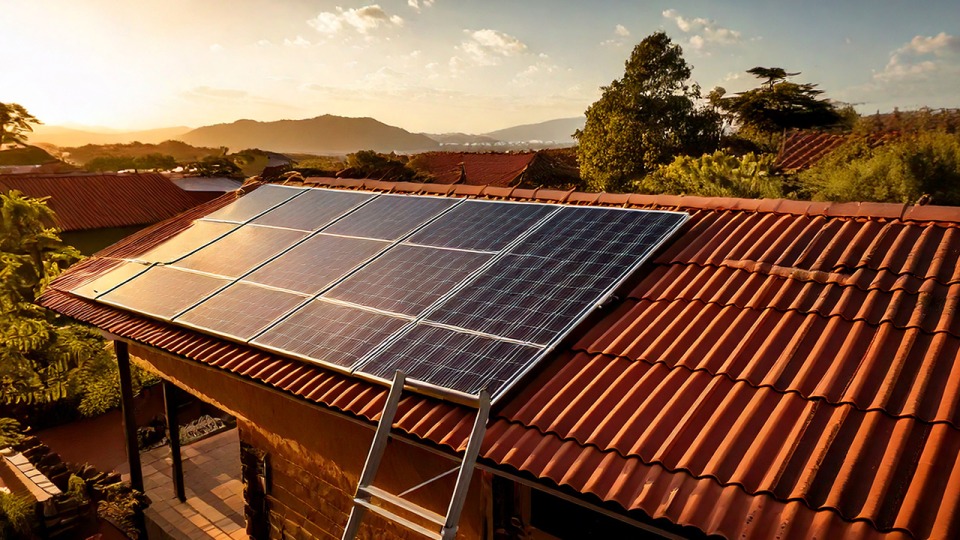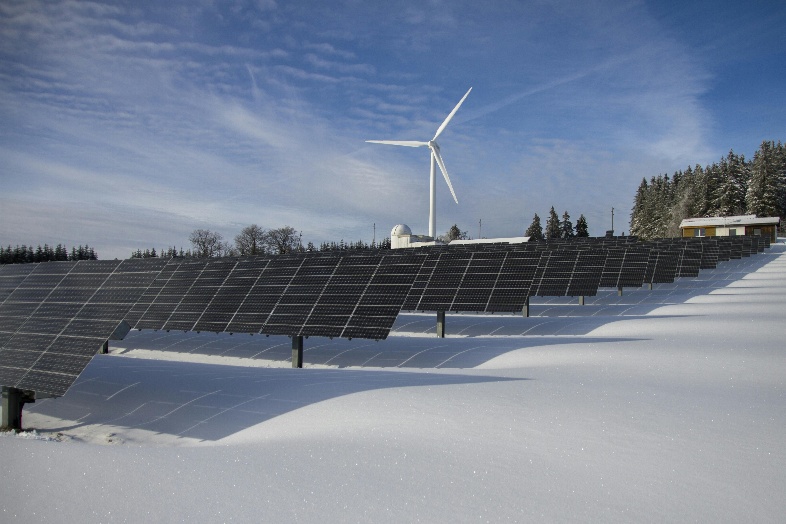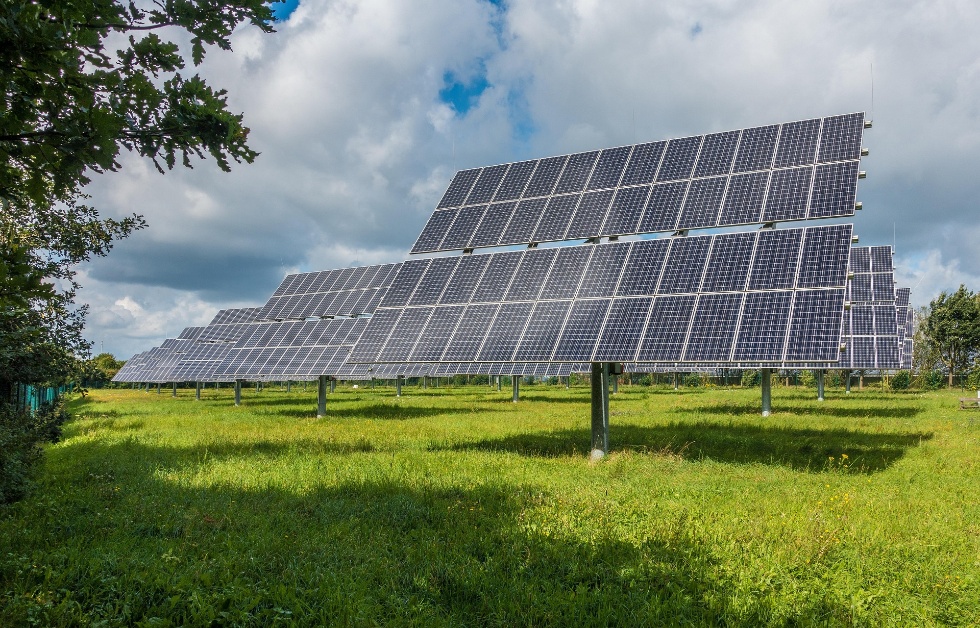

Energy deficiency in Africa and the rise of solar solutions
 Africa's energy landscape is characterized by significant deficiencies, with vast disparities in electricity access across the continent. Available data paints a comprehensive picture of the energy situation and the growing role of solar solutions. Grid connectivity rates vary dramatically across African countries, ranging from as low as 2% in South Sudan to 100% in countries like Morocco and Libya. Many nations, particularly in sub-Saharan Africa, struggle with extremely low electrification rates. For instance, Chad (6%), Sierra Leone (17%), and Zimbabwe (22%) have very limited grid access. Even in countries with higher overall electrification, rural areas often lag far behind in electricity access, creating a stark urban-rural divide. This widespread lack of reliable grid power presents a major energy deficiency across much of the continent, impacting economic development, education, healthcare, and overall quality of life for millions of Africans.
Africa's energy landscape is characterized by significant deficiencies, with vast disparities in electricity access across the continent. Available data paints a comprehensive picture of the energy situation and the growing role of solar solutions. Grid connectivity rates vary dramatically across African countries, ranging from as low as 2% in South Sudan to 100% in countries like Morocco and Libya. Many nations, particularly in sub-Saharan Africa, struggle with extremely low electrification rates. For instance, Chad (6%), Sierra Leone (17%), and Zimbabwe (22%) have very limited grid access. Even in countries with higher overall electrification, rural areas often lag far behind in electricity access, creating a stark urban-rural divide. This widespread lack of reliable grid power presents a major energy deficiency across much of the continent, impacting economic development, education, healthcare, and overall quality of life for millions of Africans.
Evolution of Solar as an Alternative:
Solar energy has emerged as a promising solution to address Africa's energy deficiency. Evidence based research shows a clear trend of increasing solar adoption across many African countries, particularly those with lower grid connectivity rates. For example: Sierra Leone leads with 57% of households using solar as their main lighting source, despite only 17% grid connectivity; Mali shows 49% solar adoption, compared to 37% grid access; Uganda has 43% solar usage, significantly higher than its 28% grid connectivity, and so forth. This trend is evident in many other countries, including Burkina Faso, Zimbabwe, and the Democratic Republic of Congo, where solar adoption rates are close to or exceed grid connectivity rates. The evolution of solar in Africa has been driven by several factors such as Decreasing costs of solar technology, improvements in battery storage, innovative business models like pay-as-you-go (PAYG) systems, supportive government policies and international development initiatives focused on clean energy access.
Solar energy plays a crucial role in climate-smart solutions for Africa: As a clean energy transition, solar provides a renewable alternative to fossil fuels, helping countries reduce carbon emissions and meet climate goals. Distributed solar systems enhance energy resilience, particularly important in the face of climate change impacts. Moreover, solar-powered solutions can support climate adaptation strategies, such as solar water pumps for irrigation in drought-prone areas. By providing reliable energy access, solar supports economic activities while minimizing environmental impact.
Solar lanterns and small home systems are widely used for basic lighting needs, replacing kerosene lamps and improving indoor air quality. Larger solar home systems power multiple lights, phone charging, and small appliances like TVs and fans. Innovations in solar technology have engineered productive solar for economic uses such as solar water pumps for irrigation, solar-powered cold storage for produce, powering shops, salons, mobile phone charging stations, powering computers in schools, powering medical equipment and vaccine refrigeration in remote clinics.

The off-grid solar sector in Africa presents numerous opportunities for investors: With low grid connectivity in many countries, there's significant room for market expansion. There are opportunities for investing in improved solar and battery technologies tailored for African conditions. Financiers have a space for developing innovative financing solutions to make solar more accessible, including expanding PAYG systems. The bigger works would be in improving last-mile distribution networks to reach underserved rural areas. There is no doubt that solar innovations are now gravitating towards productive use equipment and mini grids. This calls for Investing in solar mini-grid systems for larger-scale rural electrification. As all these tangible opportunities continue opening, training opportunities have emerged for solar technicians and entrepreneurs to support the exponential growth in the sector. Policymakers also have their roles clearly outlined, in developing and implementing quality standards to build consumer trust and ensure product reliability.
Challenges and Recommendations:
Despite the opportunities, challenges remain, including financing constraints, distribution difficulties, and quality assurance issues. To accelerate growth, we need to expand access to finance for both solar companies and end-consumers, implement supportive policy frameworks, including tax incentives and quality standards, and, finally, strengthen last-mile distribution.
The author is the Director, Africa Center for Development Research and Evaluation at Ipsos
By Samuel Muthoka
